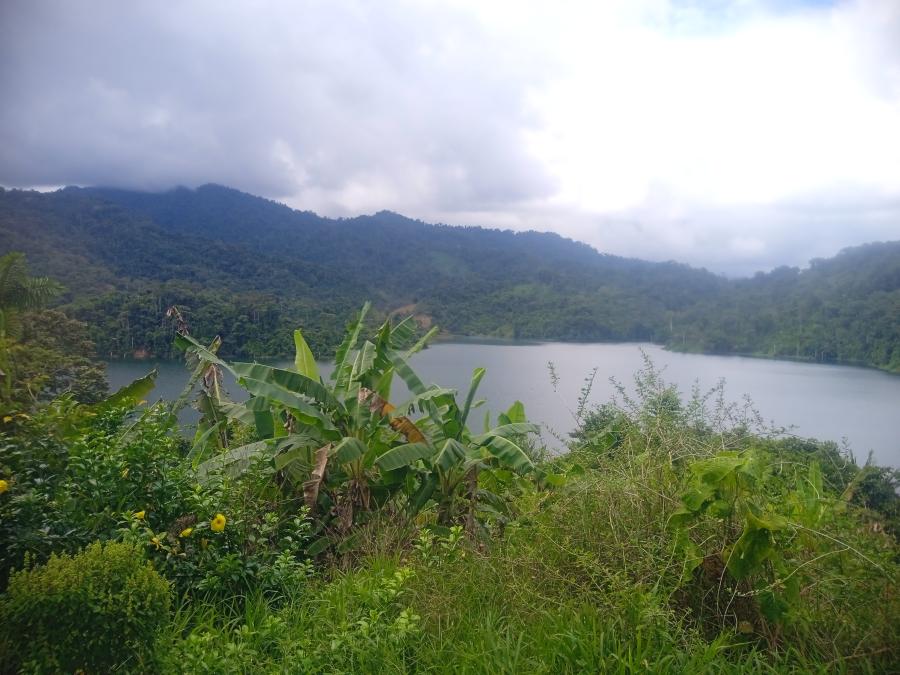The Kuna of eastern Panama are renowned for successfully combating external threats that plague indigenous groups throughout the humid neotropics. For decades they have been stewards of their own semiautonomous homeland, Kuna Yala. Most live on the San Blas Islands that dot the waters of the Caribbean, traveling by canoe to farm, hunt, and harvest plant products in the rain forests that blanket the mainland. Although the Kuna have established a large degree of local control over their lands, internal pressures imperil their resources and their cultural identity.
Plants and Animals in the Life of the Kuna is a collection of research and essays compiled and co-written by Jorge Ventocilla and two indigenous biologists, Heraclio Herrera and Valerio Núñez. It documents Kuna culture, subsistence strategies, and traditional ecological knowledge while warning of the dangers of increased involvement in market economies. It does what many advocate but few accomplish by presenting indigenous views of ecology and culture. Written in large part by the Kuna for the Kuna, this book is one of the first comprehensive publications on ethnobiology that represents indigenous voices, giving outsiders a rare opportunity "to eavesdrop, to listen as they exhort each other, to wake up, and to change."
One chapter provides illuminating information on the behavior and diet of game species and includes unique observations from the local, indigenous vantage point. A case study of hunting in the community of Gangandi highlights the importance of gardens and fallows as wildlife foraging areas, elucidating the intimate relationship between Kuna culture and mammal ecology. Another chapter describes the natural history and economy of lobsters, while yet another details the medicinal uses of more than 25 plants. Elegant drawings and illustrations by Kuna artists personalize the book, offering a window into daily life in the region. The book also includes moving testimonials from indigenous leaders who laud the spiritual connections between Kuna culture and the natural world, and lament the corrupting influence of insatiable market demand. Today, few young people are willing to take advantage of the `living libraries' embodied in their elders, turning instead to paid employment and the sale of natural products. By supplanting traditional sharing and exchange, money is undermining the cultural unity of the Kuna that has been so essential in their collective struggle for self-determination.
The authors provide a wealth of scientific and cultural information that is as fascinating as it is critical. The book reveals the sterility of debates in which indigenous peoples are labeled as either `noble savages' or unwitting enemies of nature by demonstrating that the Kuna are acutely aware of their impact on natural resources and that they have the skills to actively participate in innovative conservation management strategies that integrate Western science and age-old traditions.
Article copyright Cultural Survival, Inc.

